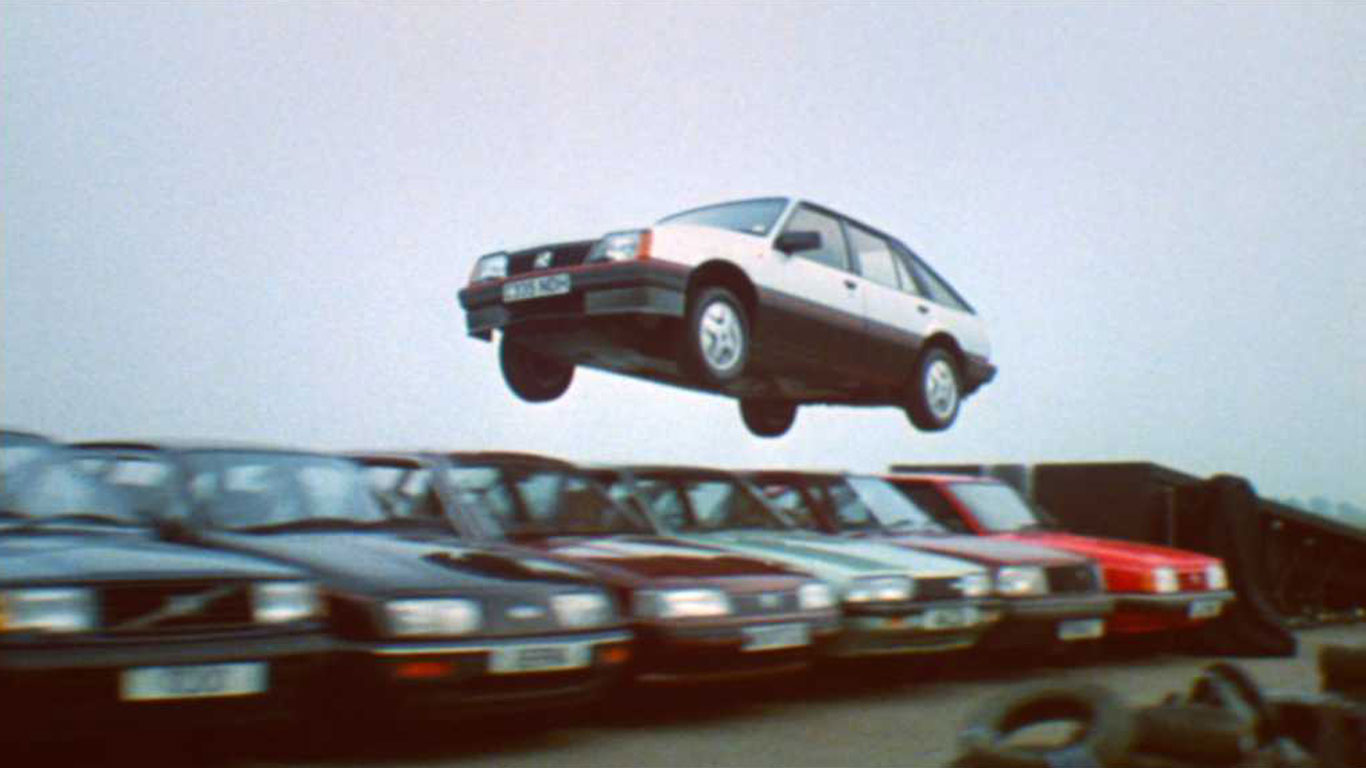
They say you only get one chance to make a good first impression. That might be true if you’re appearing on Love Island or taking house buying advice from Kirstie Allsopp, but car manufacturers often get a second bite of the cherry. Here, we round up a selection of cars that shined bright like a diamond the second time around.
Ford Cortina Mk2
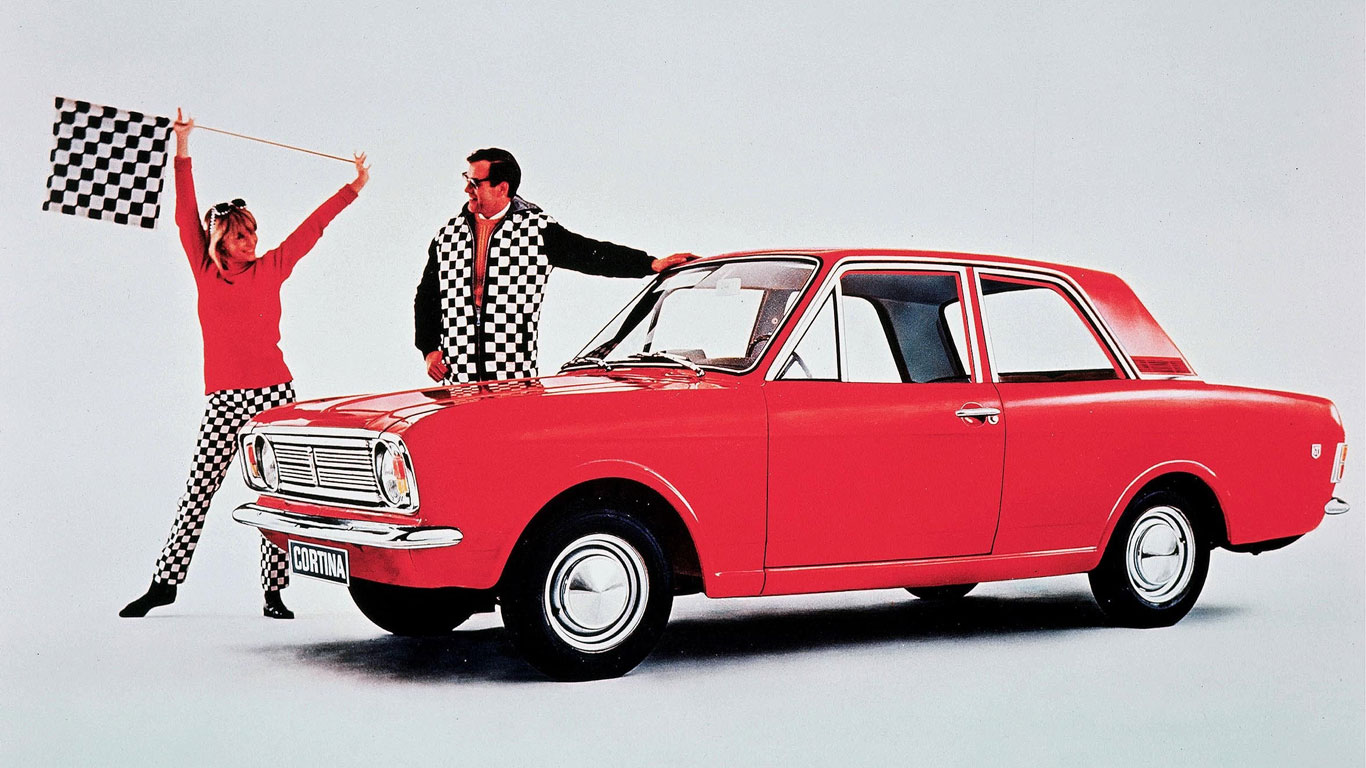
Launched under the banner of “New Cortina is more Cortina”, the second coming of the Ford Cortina represented a marked improvement over the original. More powerful engines, more room in the cabin, more glass, more luggage space and more comfort – just a few elements contributing to the feeling of getting more for your money. It might have lacked the styling purity of the Mk1, but the Cortina Mk2 laid the foundations for Ford’s family car dominance throughout the 70s and 80s.
Vauxhall Astra Mk2
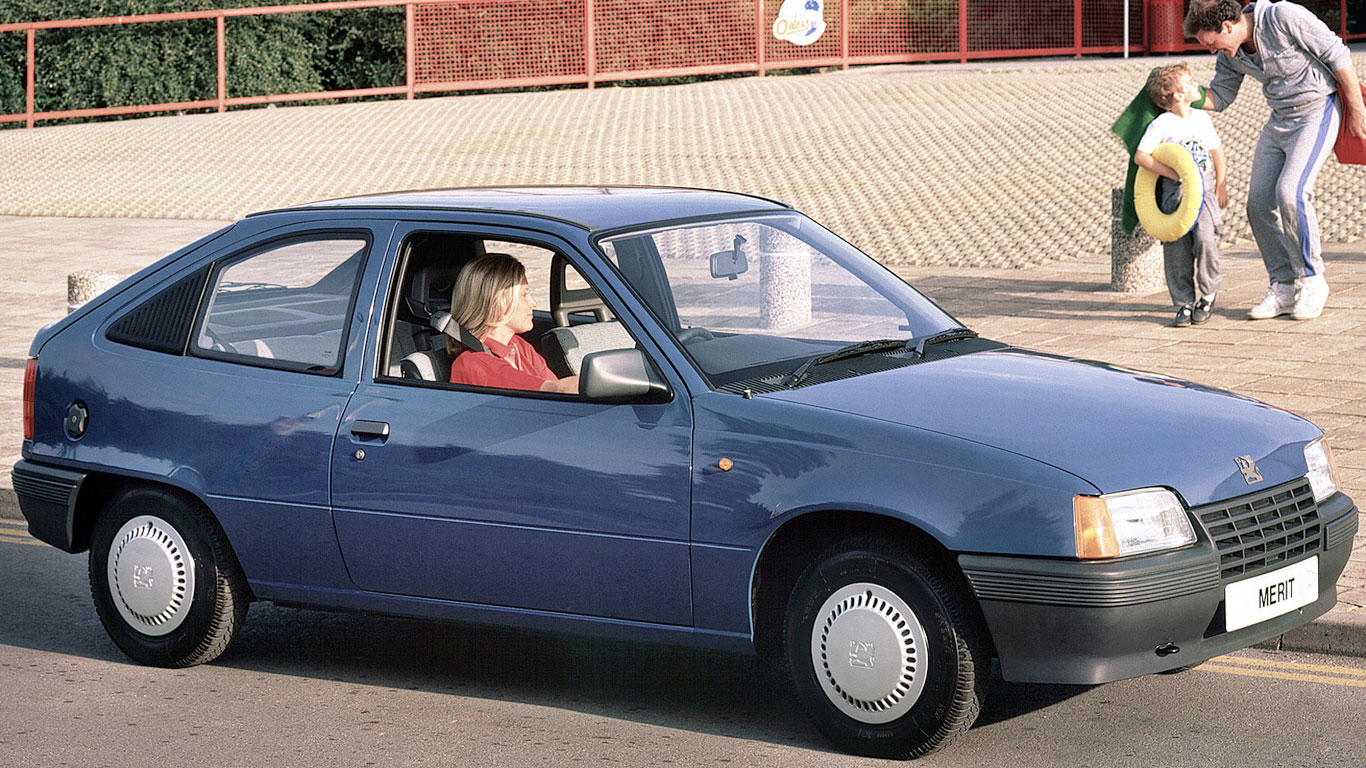
The Astra Mk1 was a good car, helping to kickstart a huge sales drive by the company and cementing Vauxhall’s position as Ford’s chief rival. But the Mk2 moved the game on, thanks to its ‘pear drop’ styling and excellent value for money. It scooped the Car of the Year award in 1985 and spawned a range of variants, including estate, convertible and hot GTE and GTE 16v models. It was by far the most aerodynamic car in its class and it looked good, even after the arrival of the Mk3 in 1991.
Volkswagen Polo Mk2
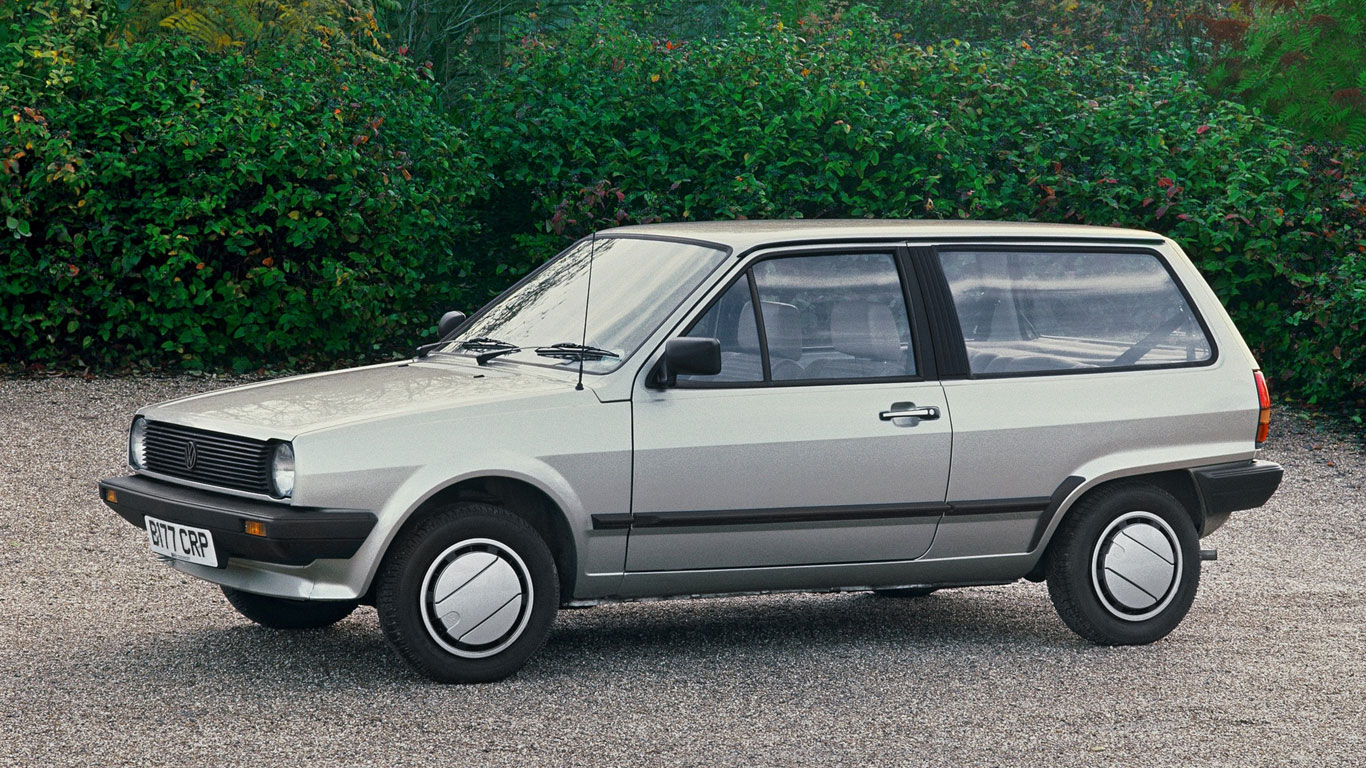
The Bertone-designed Volkswagen Polo Mk1 was undoubtedly pretty, but it started life as an Audi. Without wishing to sound patronising, it was a great first attempt at building a supermini by a company with little experience in the segment. The second Polo was genuinely innovative, with Volkswagen adopting a ‘breadvan’ approach, complete with a surprisingly low 0.39 drag coefficient. Saloon, coupe and sporty G40 versions followed.
SEAT Ibiza Mk2
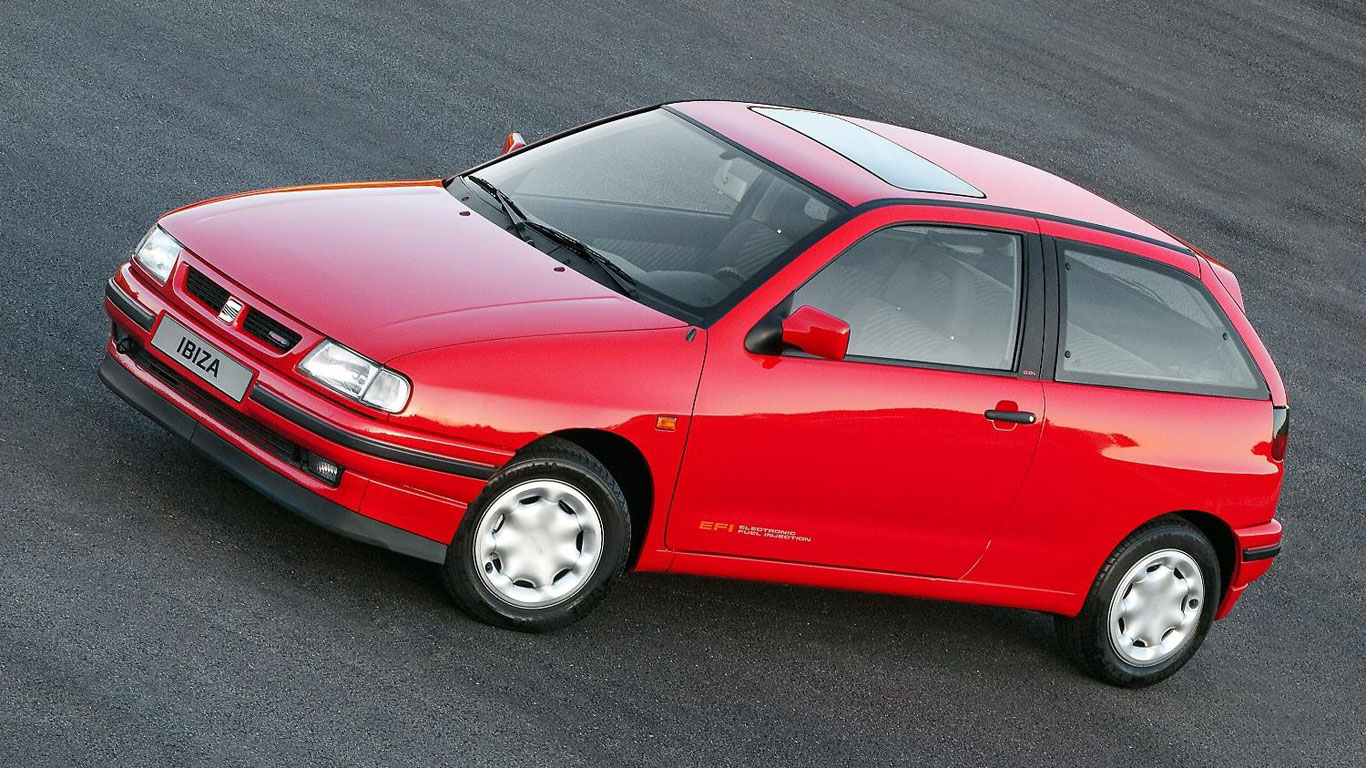
We love the original SEAT Ibiza. Based on a modified Fiat Ritmo (Strada) platform, styled by Giugiaro, and with input from Karmann and Porsche, it looks and feels like the car the Volkswagen Golf Mk2 should have been. Hashtag controversial. But there’s no room for misty-eyed nostalgia in this gallery, because the fact is the second-generation Ibiza was a more rounded car with universal appeal. Volkswagen’s input, including the use of the Polo platform, may have played a part.
Jaguar Mk2
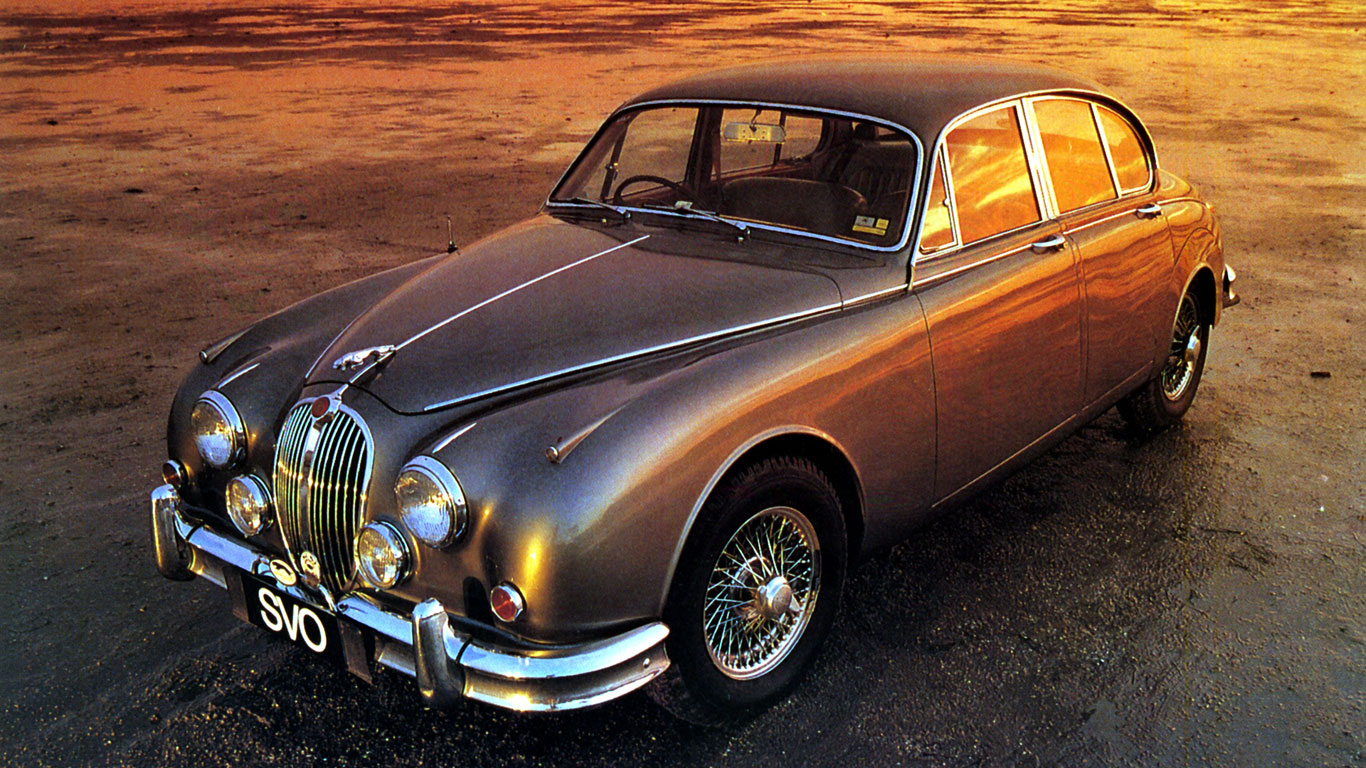
“The changes made for 1960 without doubt represent together the greatest improvement so far achieved between a Jaguar model and its predecessor – short of a wholly new design.” The Autocar review of 1960 should provide all the evidence required to secure the Jaguar Mk2’s place in this gallery, with a host of interior and exterior changes combining to create one of the most iconic cars of the 60s. The Mk1 was good, but the Mk2 was in a different league.
Honda Civic Mk2
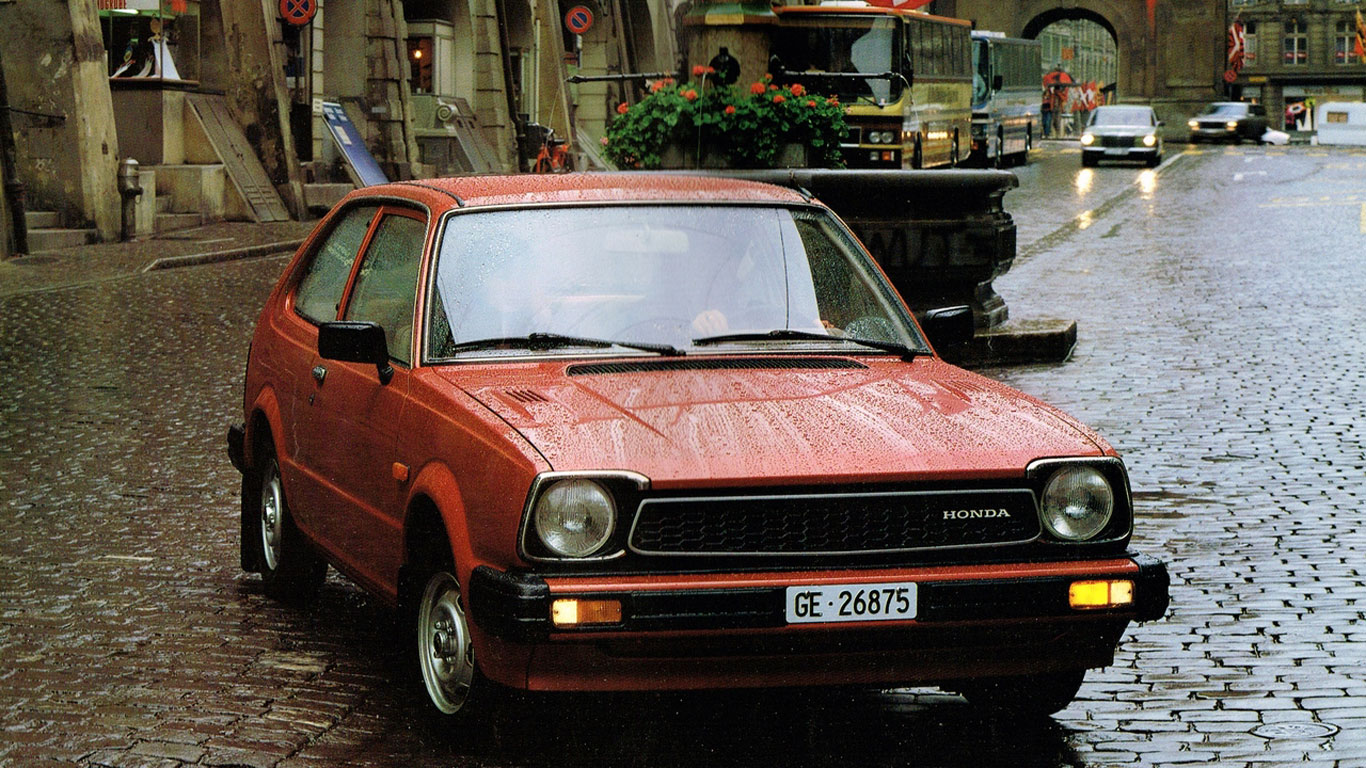
The original Civic was a game-changing vehicle for Honda, putting the Japanese giant on the automotive map. Despite appearances, the Civic Mk2 represented a wholesale repackaging of the Mk1, being longer and wider than its predecessor and boasting a much improved cabin.
Vauxhall Cavalier Mk2
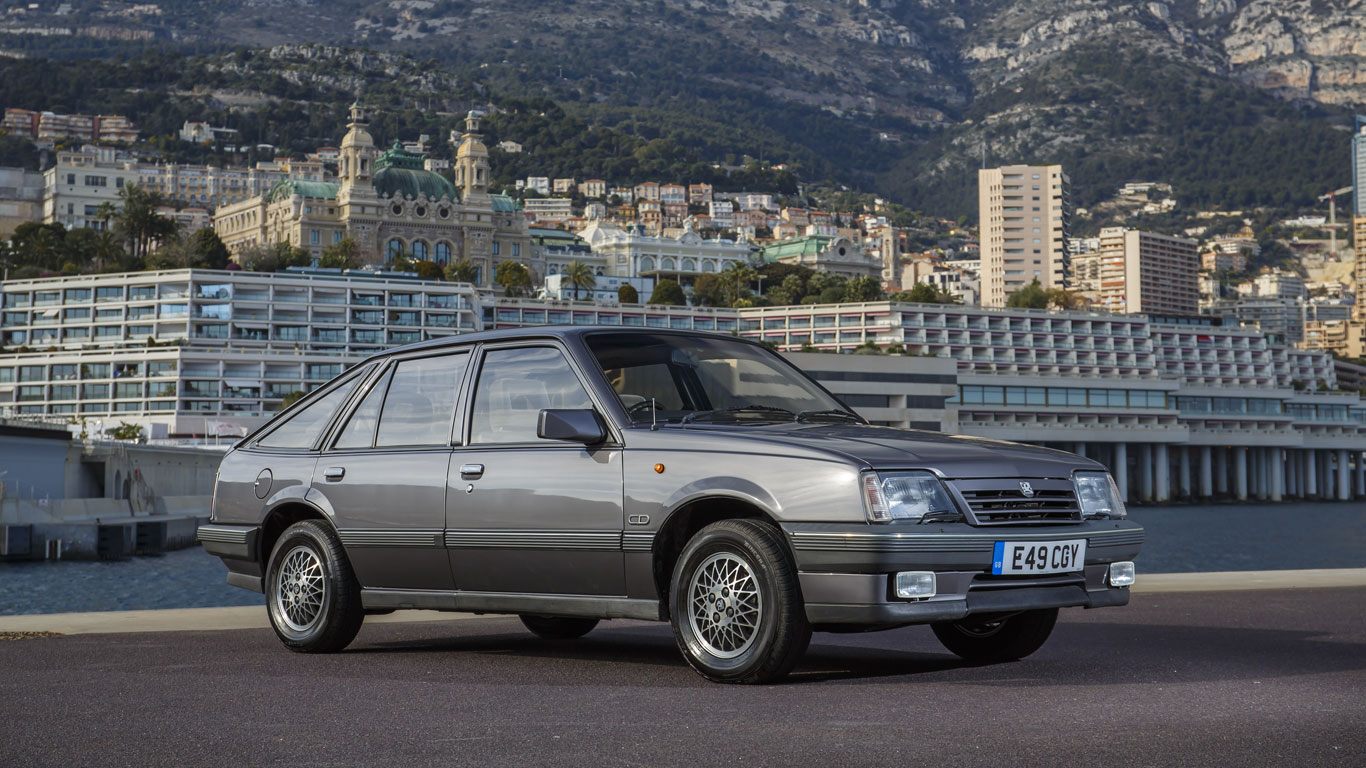
Timing is everything. When Vauxhall launched the Cavalier in 1981, it probably expected to continue playing second fiddle to Ford in the sales chart. But nobody was banking on the Ford Sierra’s shock and awe styling, which resulted in conservative buyers switching to Vauxhall in their droves. When the dust settled, the Sierra propelled Ford back to the top of the tree, but the Cavalier was part of the UK street furniture throughout the 80s, spawning two-door, three-door, five-door, estate and even convertible versions.
Triumph 2000 Mk2
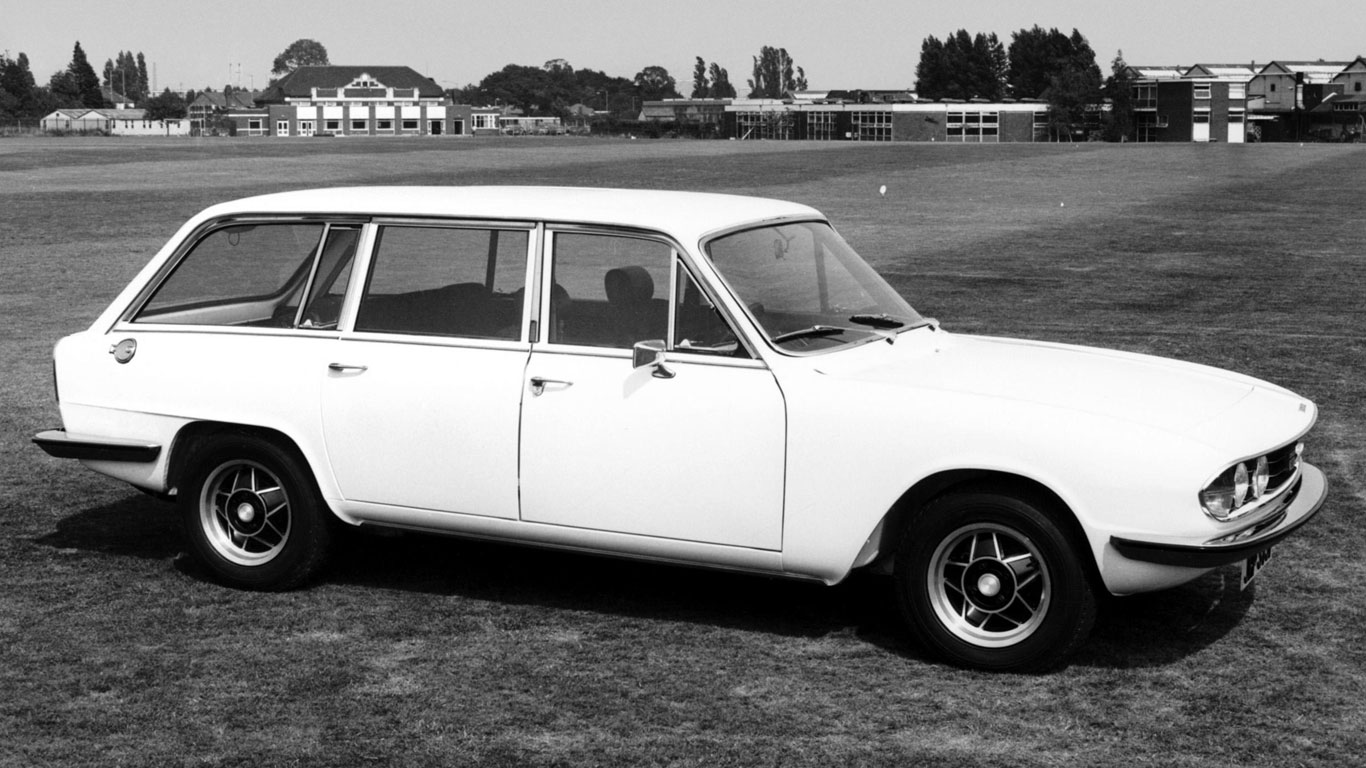
The original Triumph 2000 was a fine executive car, built at a time when Britannia ruled the waves in the segment. But if the Mk1 looked like a comfortable sweater, the Mk2 was a sharp Italian suit, complete with redesigned nose, longer tail, smart instrument cluster and better trim. The last of the big Triumphs, the 2000 and 2.5 PI were superseded by the Rover SD1.
Suzuki SJ410

The Suzuki LJ10 was designed to access the tight spaces that were off limits to larger 4x4s of the time, and its lightness made it a willing companion on the rough stuff. The second-generation SJ410 represented a shift from basic practicality to a greater focus on leisure and lifestyle, as well as providing the springboard for the Jimny you can still buy new today.
Ford Escort Mk2
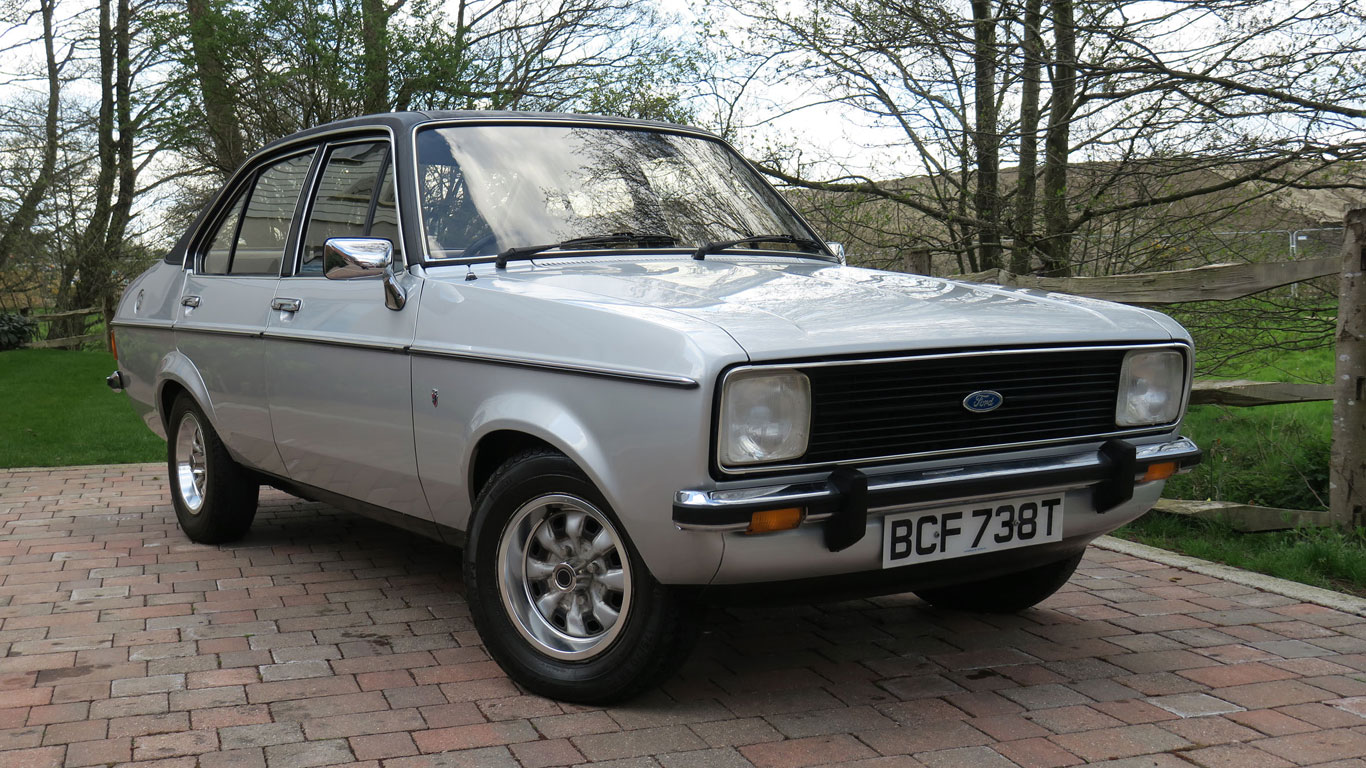
In the Anglia, the Ford Escort Mk1 of 1968 had a tough act to follow, but it hit the ground running, becoming a million seller and spawning a number of legendary performance versions. The second-generation Escort arrived in 1975 and offered many improvements over the outgoing model. The classic ‘Coke bottle’ styling had gone, but the new Escort was more refined and more economical, despite being about the same size and weight as its predecessor. The performance models were pretty tasty, too.
Toyota Prius II
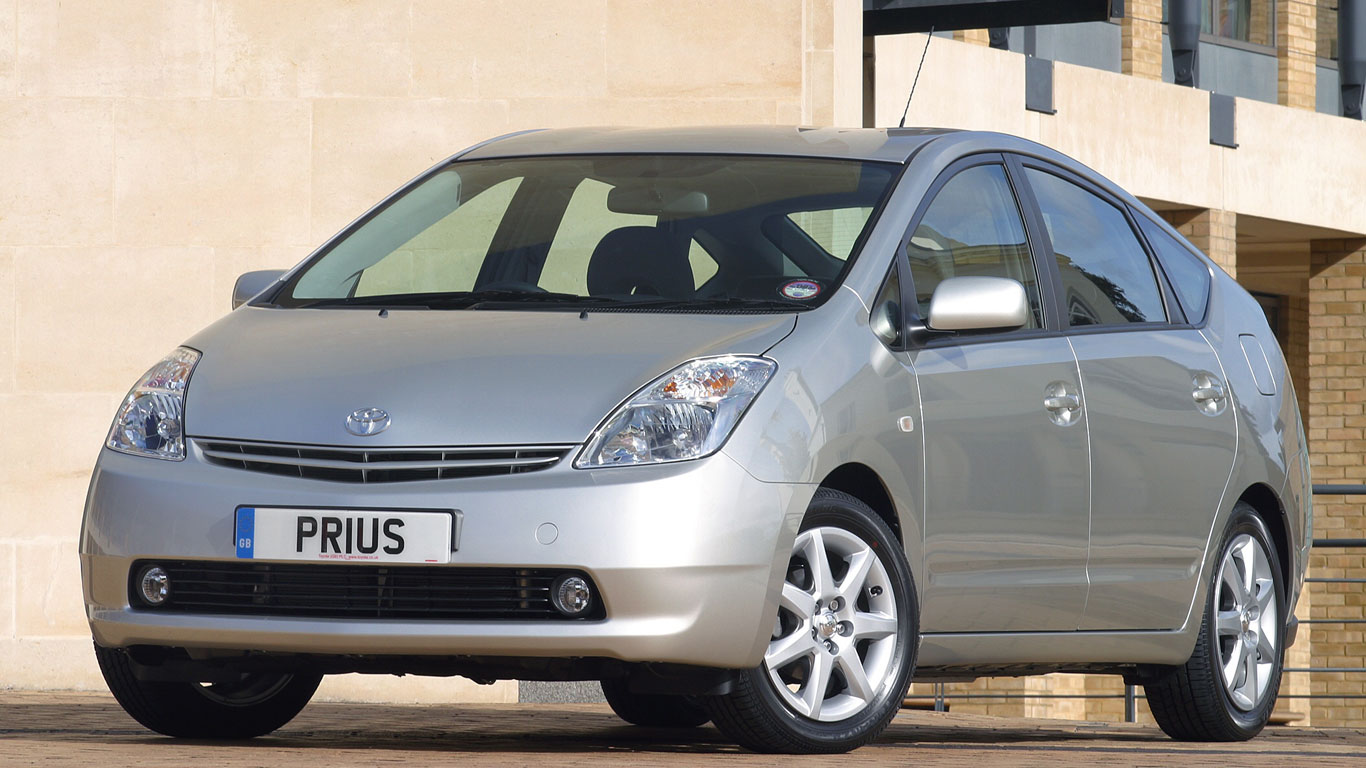
The original Toyota Prius – along with the Honda Insight – might have been a pioneering hybrid, but it was far from the finished article. The second-generation Prius of 2003 felt like a leap into the future, offering increased fuel efficiency and lower emissions, wrapped in a larger body. It also received the European Car of the Year award in 2005 and consistently scored well in reliability surveys.
Honda Jazz Mk2
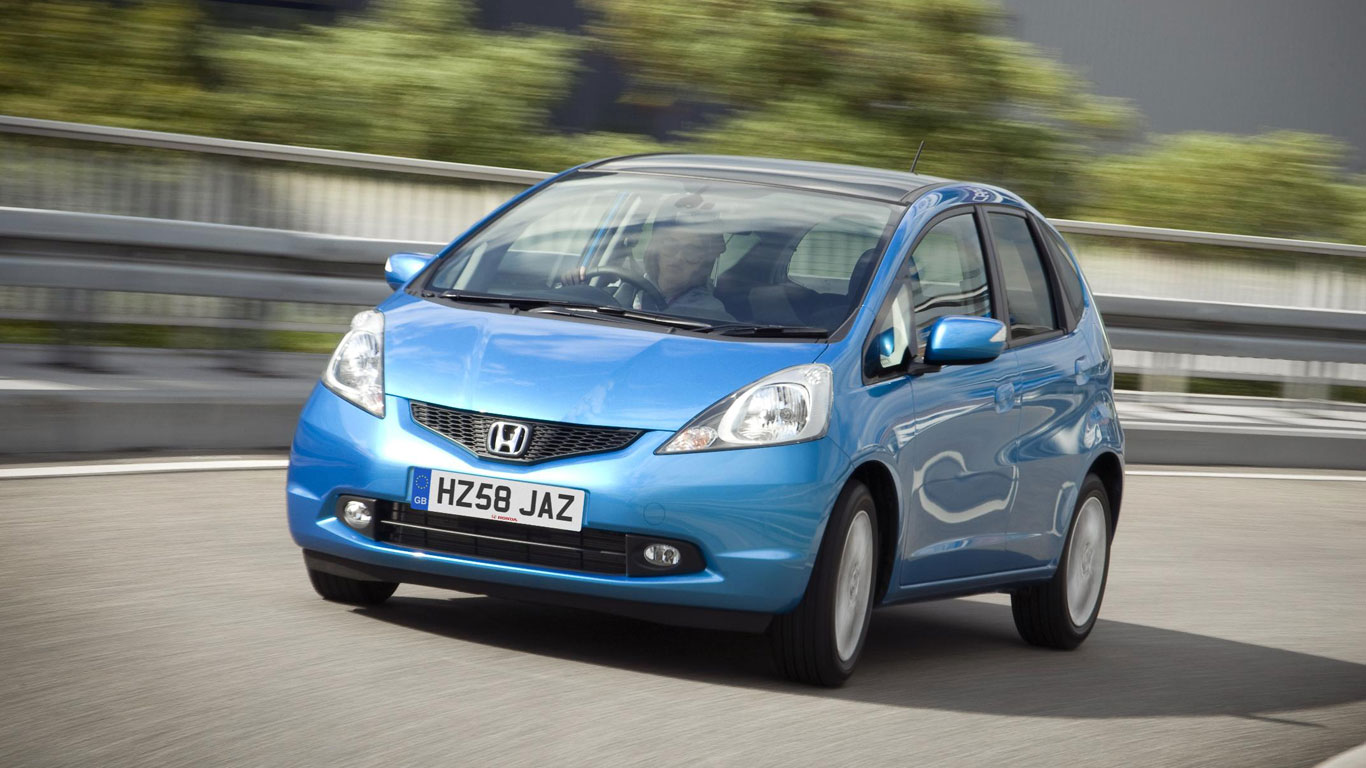
“The 2008 Jazz takes everything people loved about the old Jazz. Then takes it all a couple of steps forwards.” Not our words, Lynn, but the words of Honest John. And that’s about as good as things get in the car world. HJ is right, of course, because the second Jazz was bigger, more comfortable and better to drive. Wave your Jazz hands in the air like you just don’t care.
Volvo XC90 Mk2
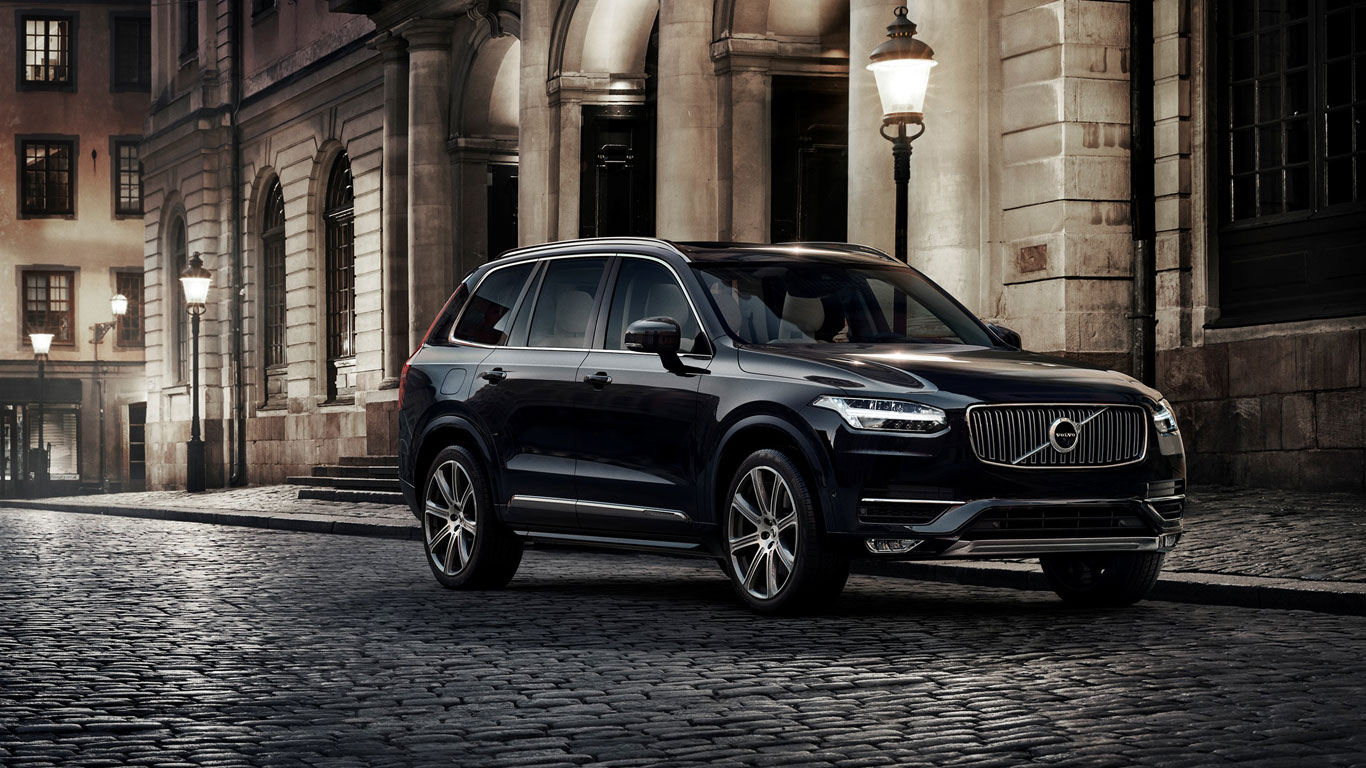
The first-generation XC90 was a hugely successful car for Volvo, transforming the brand’s image and becoming a hit with soccer moms across the globe. Little wonder, then, that the seven-seat SUV remained in production for a dozen years. The current XC90 had a tough act to follow, but has spearheaded a complete brand and product overhaul for the Chinese-owned manufacturer. As an aside, there have been no driver or passenger fatalities recorded in an XC90 since records began in 2004.
Porsche Boxster 987
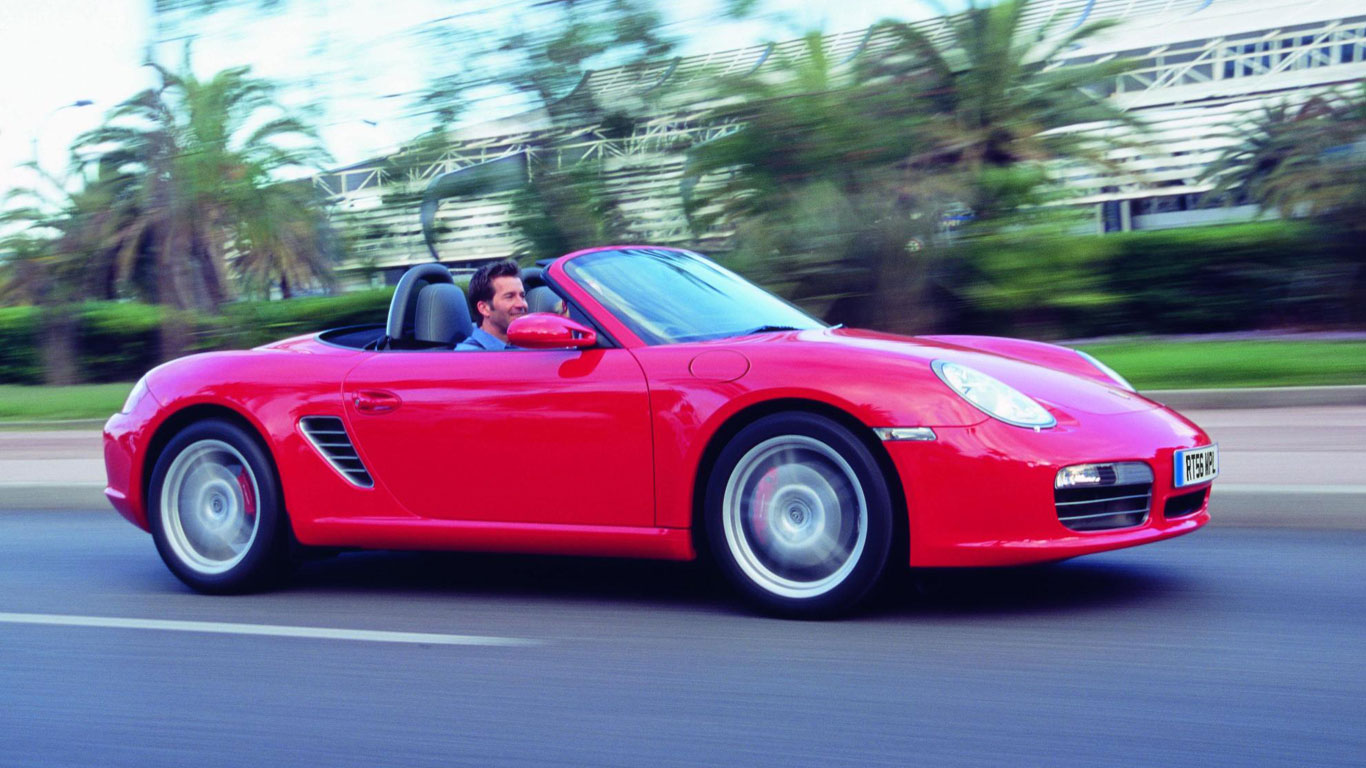
The Type 987 or second-generation Boxster arrived in 2005, with Porsche using eight years experience with the Type 986 to deliver a much improved sports car. The styling was updated and the interior was upgraded, while the second Boxster also spawned a coupe version in the form of the Cayman.
Honda Legend Mk2
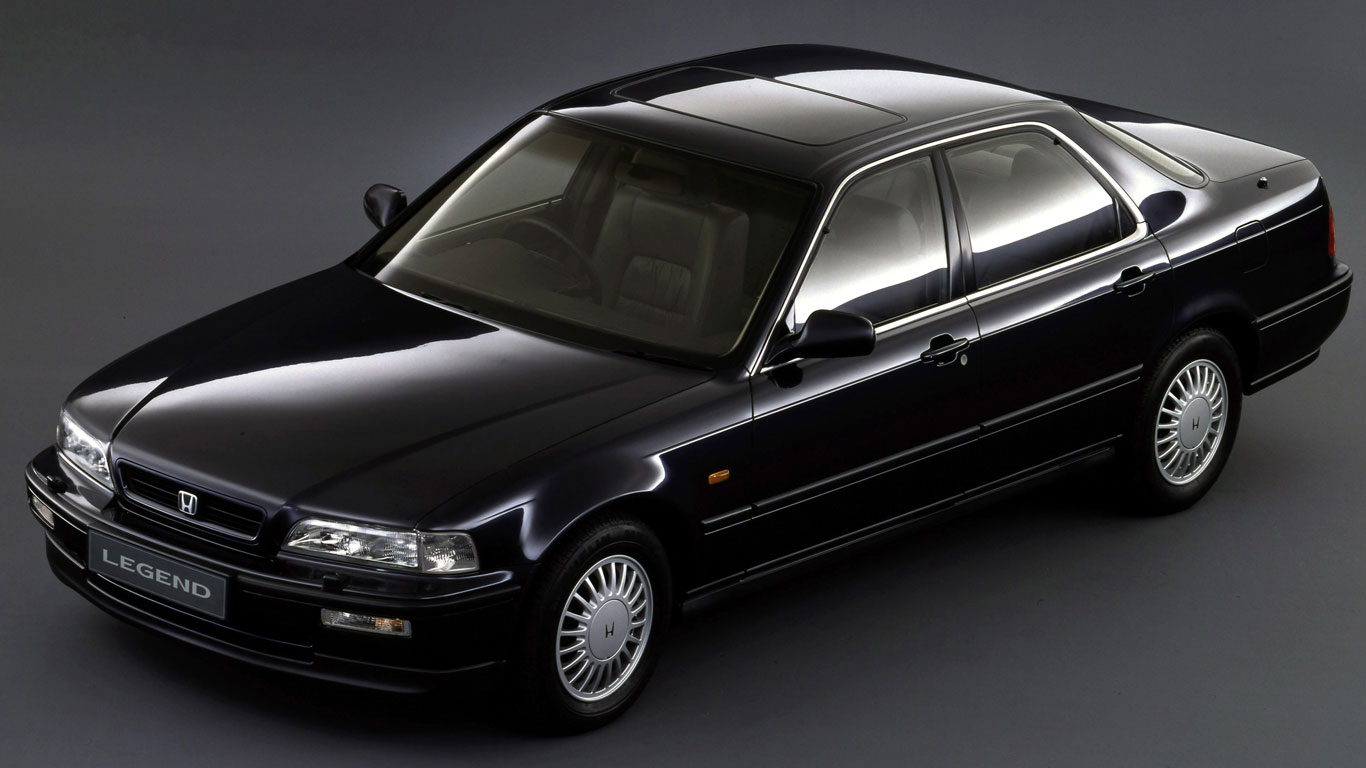
How do you follow in the footsteps of a Legend? If your name’s Honda the answer is simple: create another Legend. The second-generation Legend of 1990 was larger, smoother and more powerful than its predecessor, with more purposeful styling that seemed to take aim at the BMW 5 Series. The Legend progressed while the Rover 800 faltered, with the Mk2 800 merely a facelift of the old model.
Ford Fiesta ST
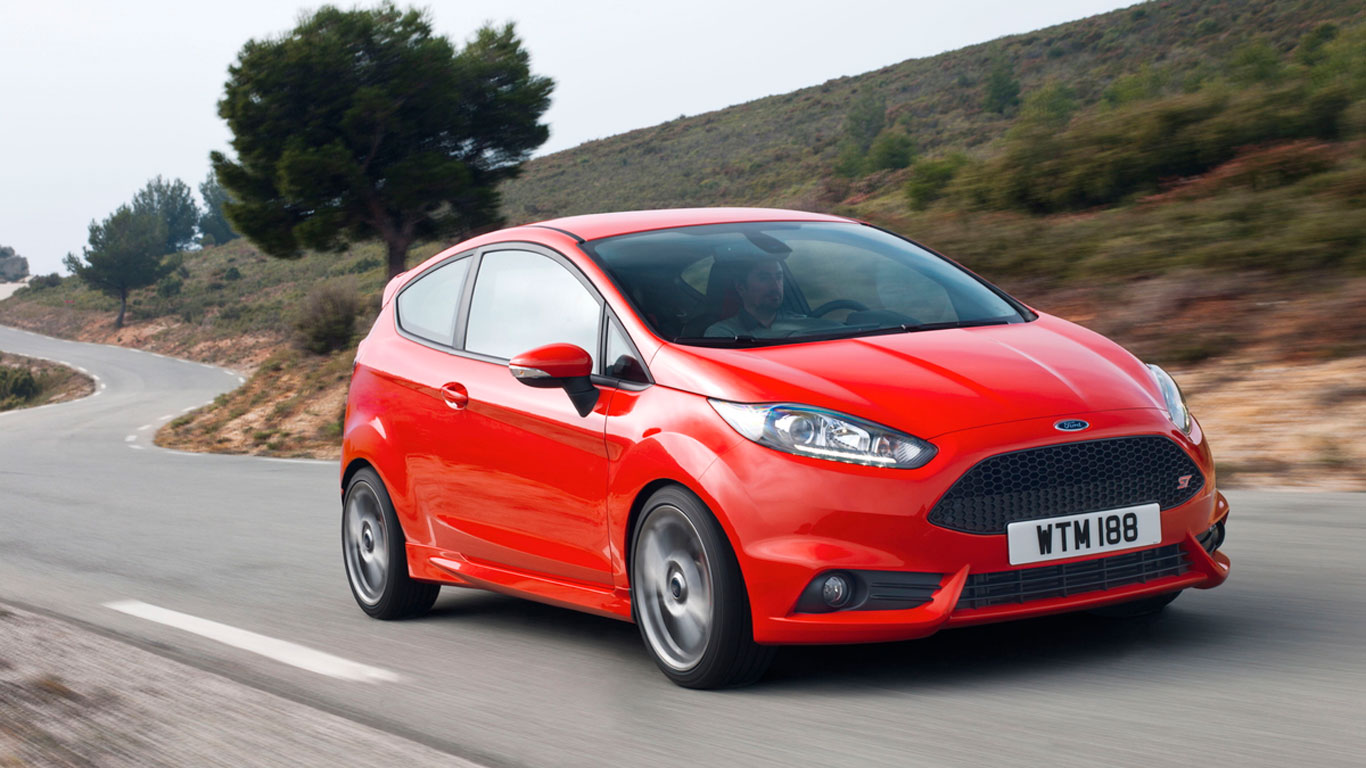
We’re cheating a little here, because this isn’t so much a Mk2 as a performance version of two generations of Fiesta. But hear us out, because it’s easy to forget that the previous Ford Fiesta ST wasn’t the first. The ST of the noughties was powered by a 2.0-litre Zetec engine and it provided an interesting alternative to the all-conquering Clio RS. But the second Fiesta ST was on a different level, catapulting Ford to the top of the hot hatch tree. By all accounts, the new turbocharged ST is even better.
Nissan Leaf Mk2
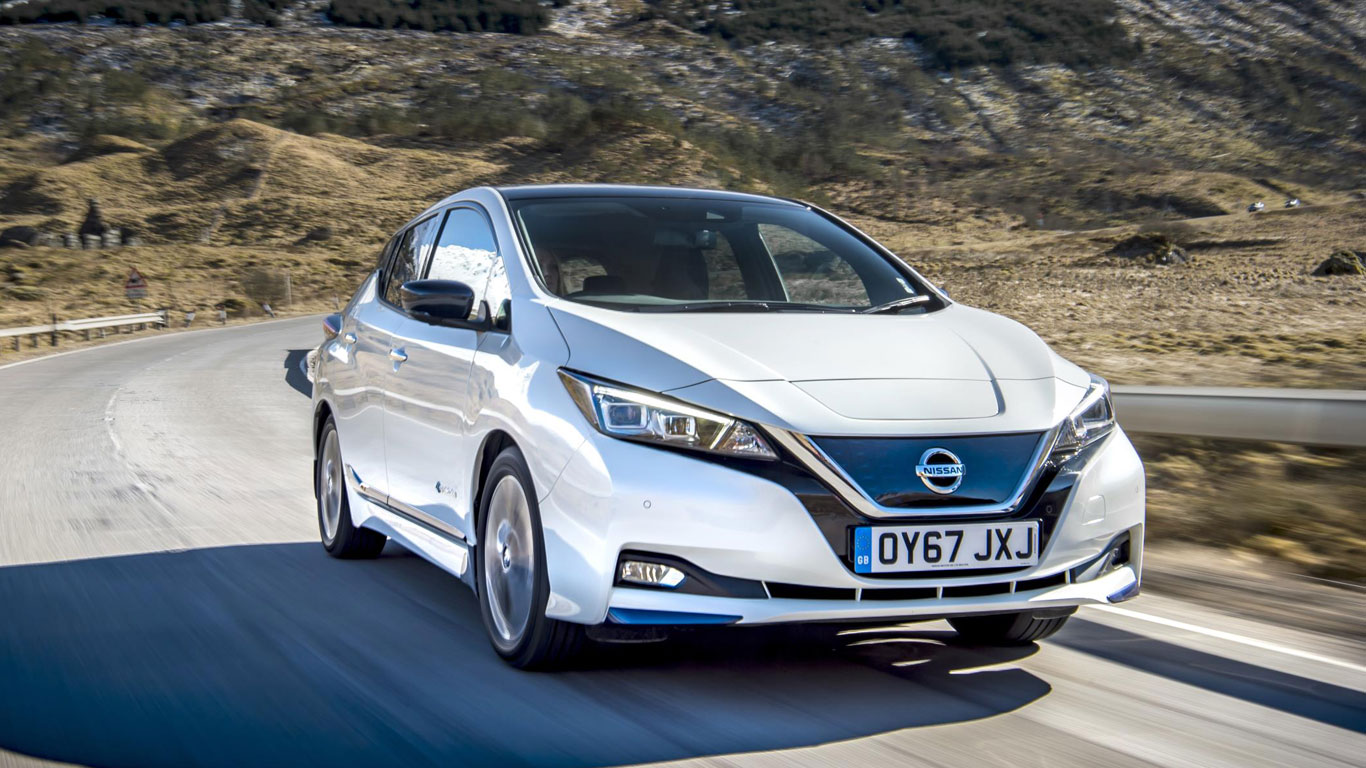
As the first mass-market EV, the Leaf did a huge amount for the electric car segment, not to mention Nissan’s sales figures. There are now more than 300,000 Leaf models on the road, giving Nissan a huge advantage over its EV rivals. The new Leaf is even better. Our verdict: “The 2018 Nissan Leaf is exactly the car it needed to be. It’s better all round, and crucially, more normal too. The EV aspect is exceptional, from the brilliant refinement, to the punchy and classy performance, to the extended range. It rides and handles with more European polish, and it’s even pretty good fun.”
Honda Prelude Mk2
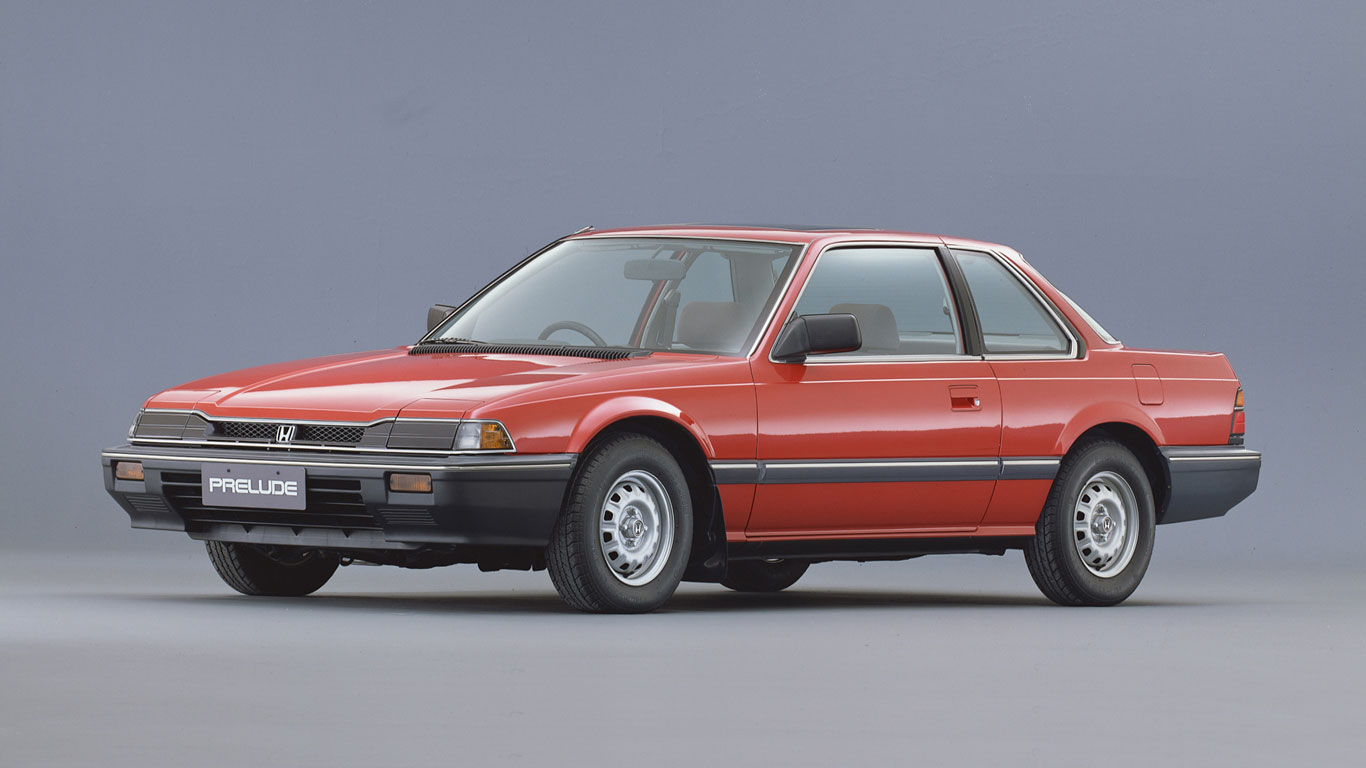
We could point to the pop-up headlights as evidence of the Prelude Mk2’s superiority over its predecessor, but there’s more to it than that. For a start, it looks more appealing than the Mk1, with its wedge-like styling and, yes, the pop-up lights. But the new Prelude was also larger, more powerful, better to drive, only marginally less efficient and packed with cutting-edge tech, such as anti-lock brakes. Cool car.
Vauxhall Viva Mk2
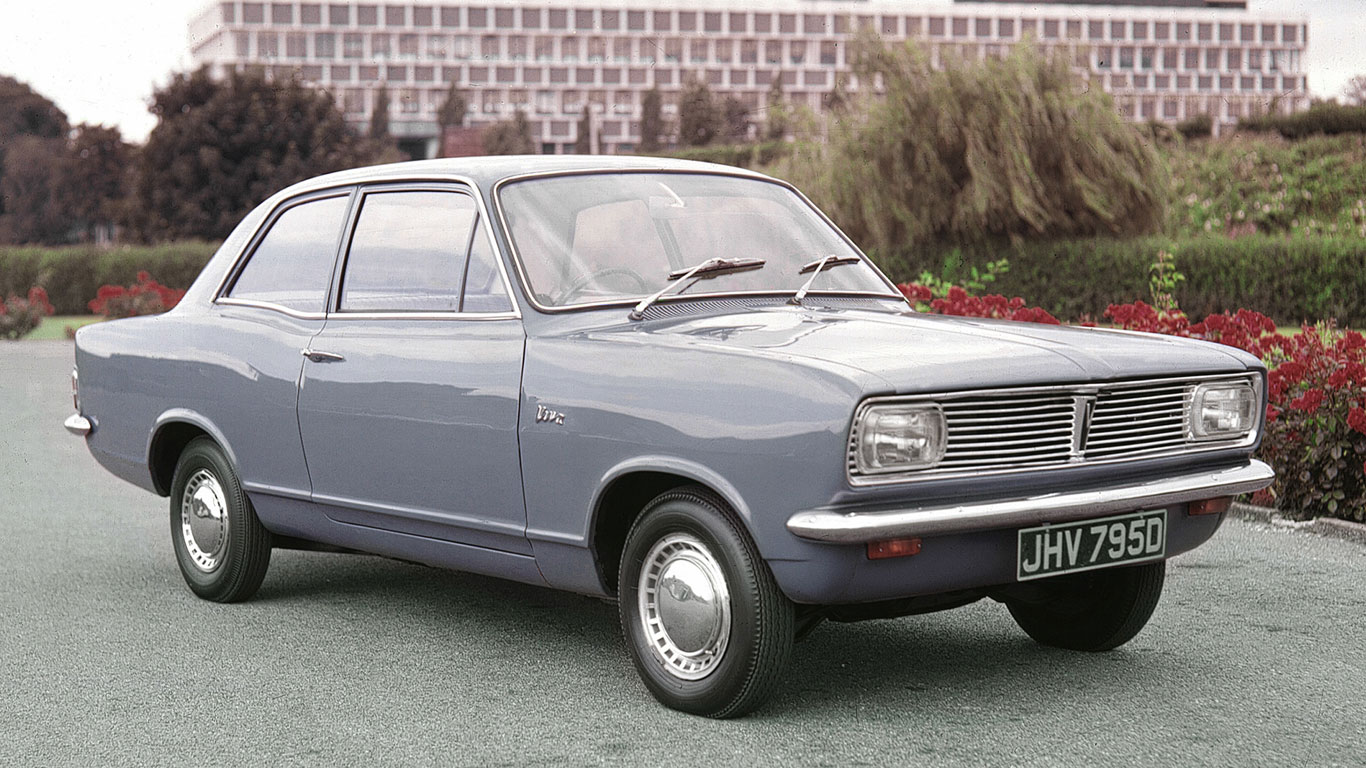
The original Vauxhall Viva was a plain and rather conventional small car, but the Mk2 was different in so many ways. “In the case of the new Viva the new model is much, much more than just a new body. Some of our staff thought it so different from the previous one that a new name for it would have been justified.” The words of Autocar in 1966.
Ford Focus RS Mk2
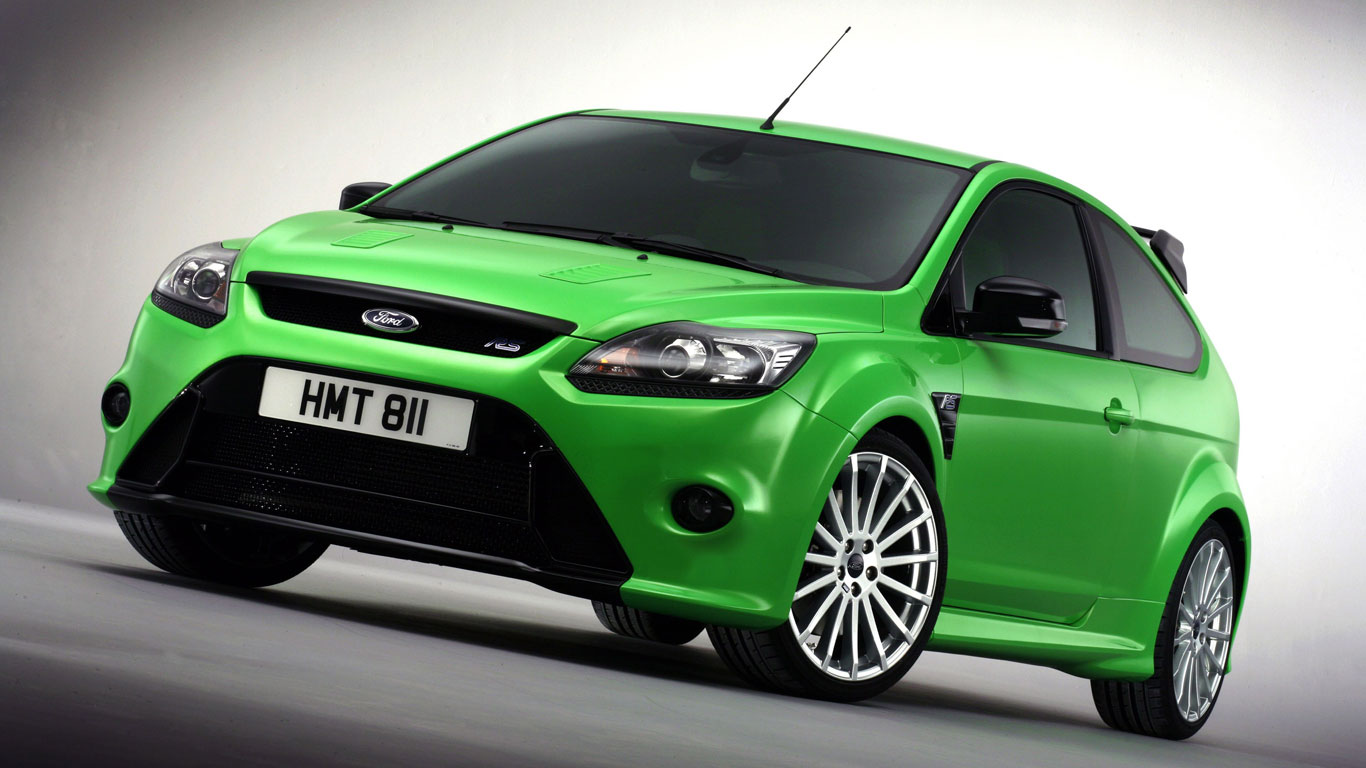
Few would argue that the Focus RS has evolved and improved with every new generation, but we maintain that the Mk1 was the best looking. It was also a successful halo car for Ford, although the Blue Oval lost money on every one it sold. It had its faults, many of which have become characteristics with the passing of time, but the Mk2 was a more rounded product with a delightful 2.5-litre five-cylinder turbocharged engine.
Mercedes-Benz A-Class
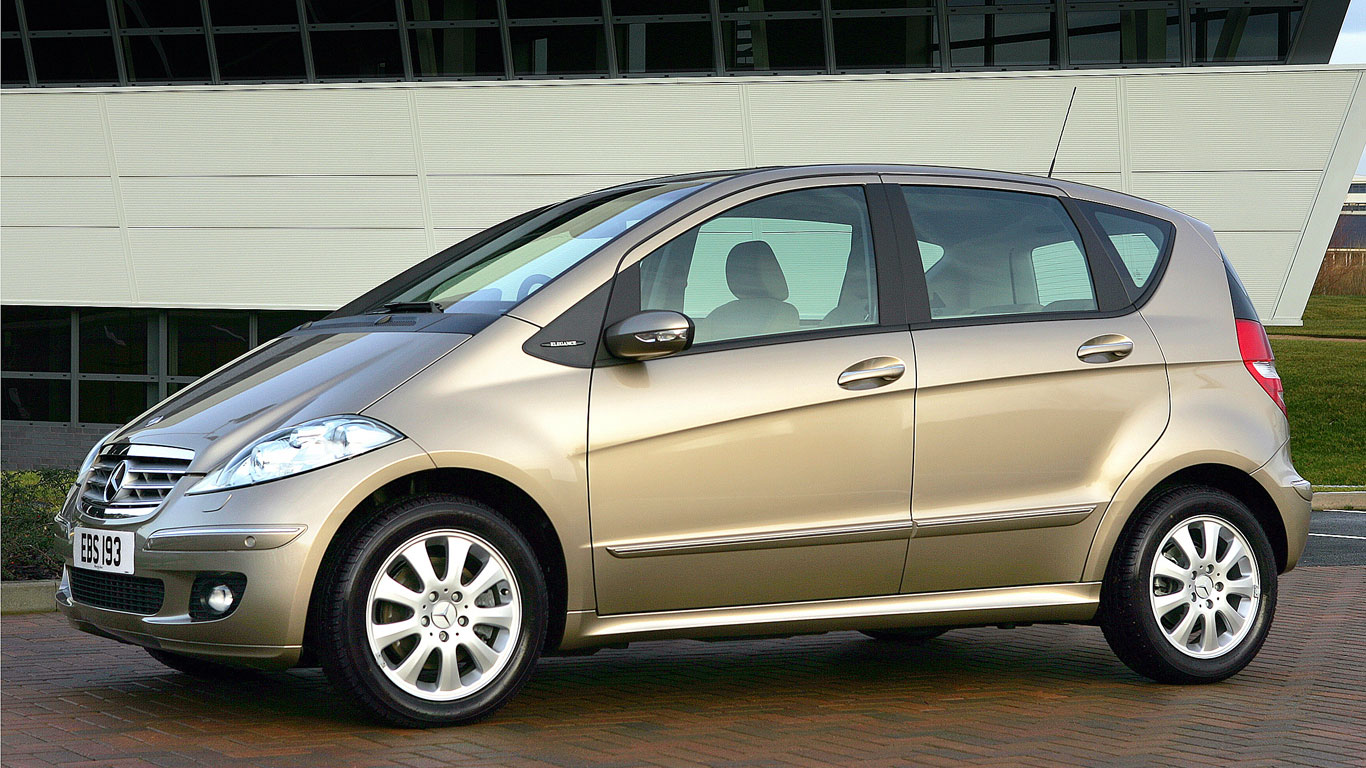
Mercedes-Benz is reported to have lost £1.44 billion on the A-Class, so bosses would have been pleased to see the back of it in 2005. Many owners were equally unhappy with MB’s small car, with the A-Class beset with quality and reliability issues. The Mk2 A-Class was hardly an all-time great, but it was a far better resolved product.